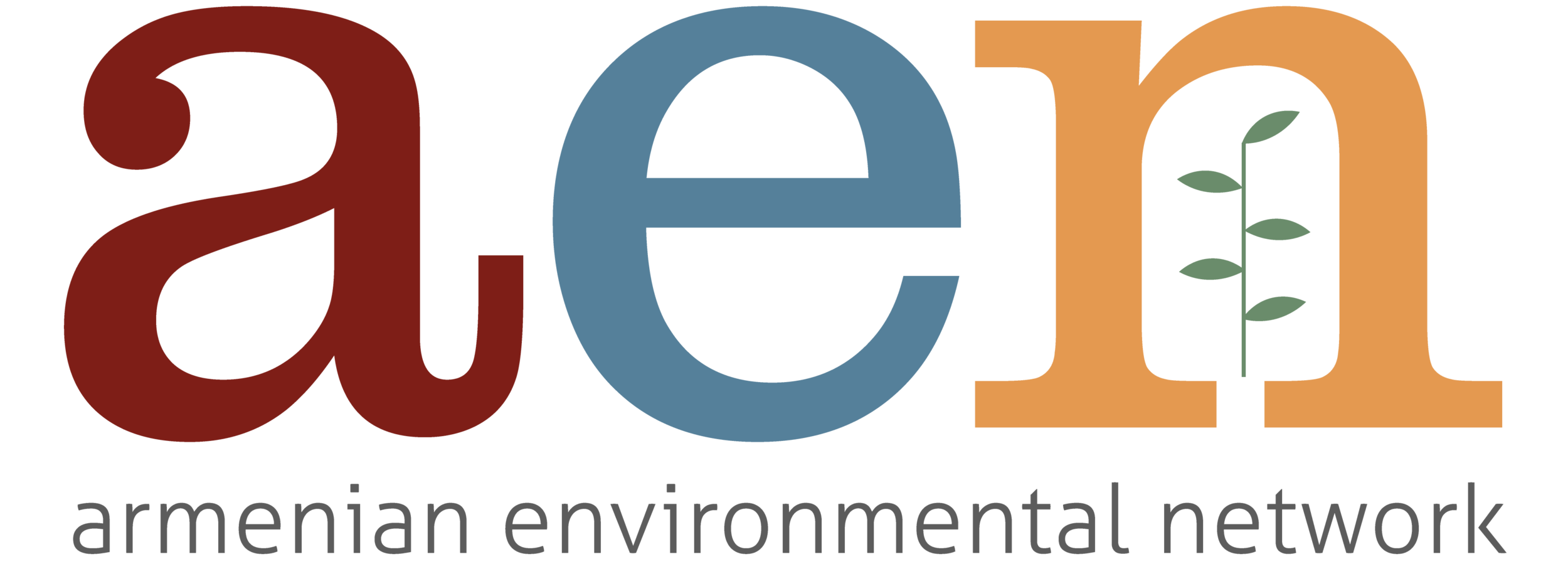Water Day 2013
To commemorate World Water Day 2013, the United Nations Educational Scientific and Cultural Organization (UNESCO) has announced this year’s theme: “International Year of Water Cooperation.”
So, you may find yourself wondering, what, exactly, does “water cooperation” mean, why is it so important, and how does it apply in Armenia?
Water covers over 70% of the world’s surface. Yet, only 3% of that water is freshwater, or the water that we can safely drink. Finally, less than 1% is readily accessible.
With such limited freshwater resources, the world’s rapidly growing population has steadfastly increased demand for freshwater to unsustainable levels. In addition, prolonged droughts have stricken large swaths of agricultural lands worldwide, compounding the scarcity of this finite resource.
Many Native American peoples consider water a “gift” from nature that is owned by no one. With the widespread adoption of modern privatization laws over water resources, the quality and quantity of many bodies of water have been severely impacted. These impacts are most often and most deeply felt in cases of shared water resources, such as transboundary rivers and aquifers.
Western examples include the Colorado River, which is diverted multiple times before it reaches the southern US border and then again as it enters northern Mexico, so that it no longer empties out at the delta in Baja California, affecting both riparian habitats as well as agricultural yields, and the Chattahoochee River, which has become the subject of a tri-state battle that threatens the sustenance of the large metropolitan area of Atlantain the southern US. While conflicts over water resources are certainly not historically unprecedented, such conflicts have become increasingly common, much as Michael T. Klare envisioned years ago.
UNESCO’s 2013 World Water Day theme of International Water Cooperation highlights the hope that while water can be, and often is, a source of conflict, the potential exists to transform water into a basis for peace-building initiatives and as a common focal point to promote sustainable development. Several examples of international water cooperation are listed on the official World Water Day site.
Armenia is criss-crossed with a large number of rivers and tributaries, many of which are transboundary, which makes World Water Day 2013 an important time for reflection for us. One of these rivers is the Debed River, which has recently received increased attention as it threatens to carry toxic waste from the Teghut mining project north to neighboring Georgia. To read more about impacts of this kind of contamination on public health in Armenia, visit AEN’s public health page.
While the Debed River is now an aspect of the conflict between much of Armenian civil society and the nation’s mining industry, and a potentially new conflict involving Georgia regarding the threat of a contaminated transboundary waterway, one might also hope that the potential for transboundary cooperation also exists, for this and for so many other internationally shared resources.
More information about World Water Day 2013 can be found at the official site: http://www.unwater.org/water-cooperation-2013/home/en/.
The Republic of Armenia’s water sources–primarily mountain springs–are generally regarded as pure, but the water is heavily contaminated in many areas due to industrial, agricultural, and municipal waste, all of which undergoes only the most basic of water treatment, if any at all. Much of the country’s water is diverted for hydropower, although more recently proposed projects have been increasingly unpopular among Armenian communities. You can read more about these and other water-related issues at http://www.armenia-environment.org/issues/ Photo courtesy of www.ramsar.org.
Not all of Armenia’s villages are “natural”; that is, some were the result of politically-driven relocations during Soviet times, notwithstanding the availability of critical natural resources, such as drinking water. Although factories and businesses once abounded in many of these areas, and poverty was not as rampant as it is now, water pipes were never constructed for those living there. The Armavir region is home to several of these kinds of villages, which continue to receive weekly rations of water by truck as they did when they were first established under the Soviet system. Photo courtesy of Kirk Wallace.


